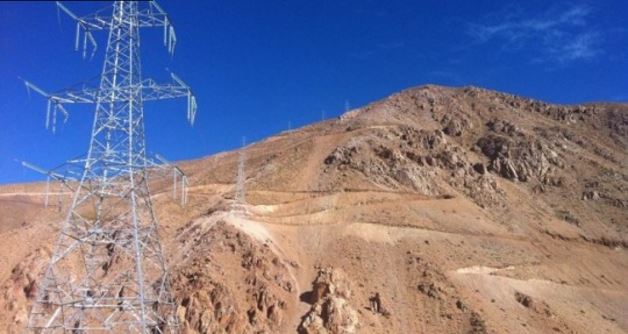
According to CNE, gross generation in February in the SING was 1,322 GWh, 16.9% below the same month in 2016.
Aftermath of Escondida strike: energy demand in the Norte Grande depressed by 15%.
The labor dispute at Minera Escondida continues to be talked about despite having ended. And this time because of its effect on energy demand in the Norte Grande Interconnected System (SING), an indicator that is directly related to the economic activity of that region.
According to the analysis made by Francisco Aguirre, partner of Electroconsultores, the demand in the system, which has 23% of the installed capacity at national level, was repressed by 15% on average as a consequence of the stoppage of the most important copper producer in Chile, which represents about 20% of the national production.
Specifically, demand in the SING went from around 55-50 GWh recorded in the first days of the second month of the year, the period prior to the start of the Escondida strike that began on February 9, to oscillate between 38 and 45 GWh – reaching peaks of 49 GWh in March and drops of 40 GWh in February – in the days following the announcement of the stoppage, maintaining this trend until the last day recorded in the analysis, March 19 of this month.
It should be noted that Escondida’s production during January did not fully represent its maximum energy demand, since, as stated by the company, in that month the “square wheels” were produced, which means lowering the speed of the engines by 20 or 22 kilometers per hour on average, to 12 or 13 kilometers per hour on slopes, which translates into lower energy consumption.
Taking the monthly report of the National Energy Commission (CNE), this month’s analysis reports that gross generation in February was 1,322 GWh, 17% below the 1,594 GWh reported last January and 16.9% below what was recorded in the same month of 2016.
At a global level, i.e. considering the Central Interconnected System (SIC) -76% of installed capacity-, the drop compared to last month was 10.1% and 4.7% compared to February of the previous year.
When analyzed by company, two of the three large producers in the Norte Grande, Engie and GasAtacama (including Celta), recorded year-on-year production declines, the latter being the most affected with a 76% drop in February, while Engie fell by 34%.
The energy sector maintains that demand usually anticipates the results of the Monthly Index of Economic Activity (IMACEC), since there is a direct relationship between energy use and industry production. In this regard, it should be recalled that the Ministry of Finance has already projected a negative IMACEC at national level for the months of February and March as a result of the strike at Escondida, a labor conflict that lasted 44 days and ended on Thursday, March 23, after the workers opted to take advantage of article 369 of the Labor Code, which extends the collective bargaining agreement that expired last January for 18 months.
Marginal costs. The reduction of generation in the north of the country was not entirely reflected in the marginal costs of the SING, since in the second month of the year the Crucero 220 kV busbar only lowered its average price by 1.5% compared to January, but showed an increase of 24% compared to February 2016. This, according to Systep’s report, is due to the fact that the MIMB2 (2.8 MW for 14 days) and MIMB8 (2.8 MW for 4 days) units of Minera Mantos Blancos, and the ANG1 (276.9 MW for 19 days) and ANG 2 (281.3 MW for 13 days) units of Angamos were undergoing major maintenance.
“February’s marginal costs in low demand were marked by coal, while in high demand the marginal cost was marked by diesel,” the report comments.





